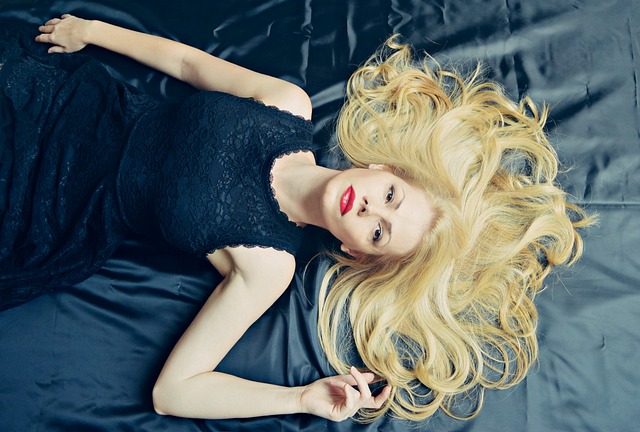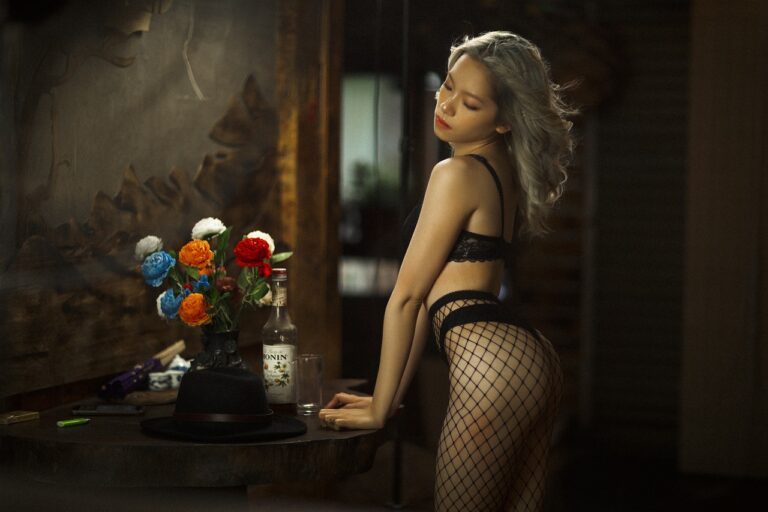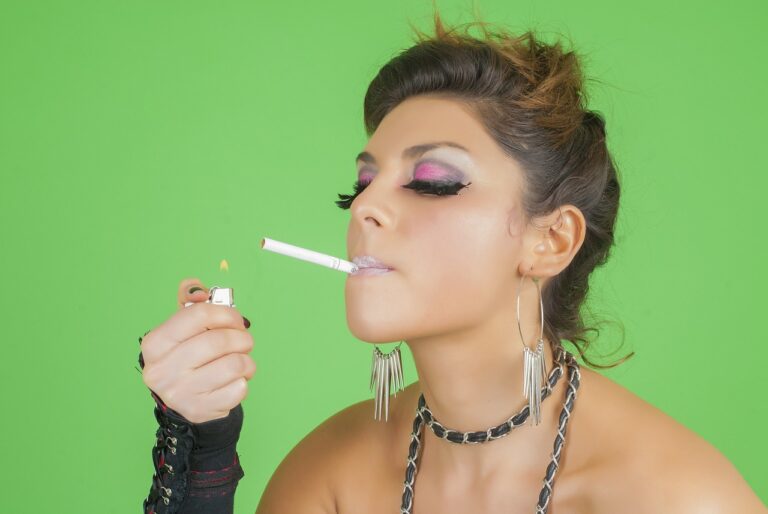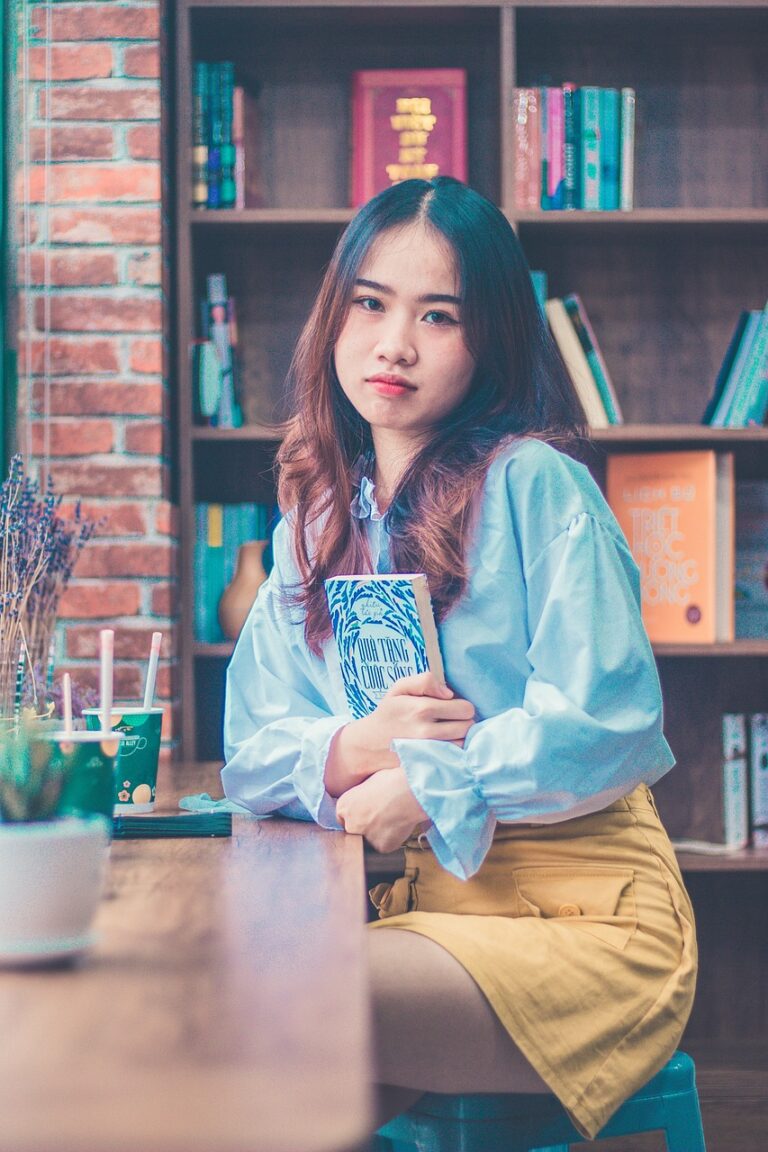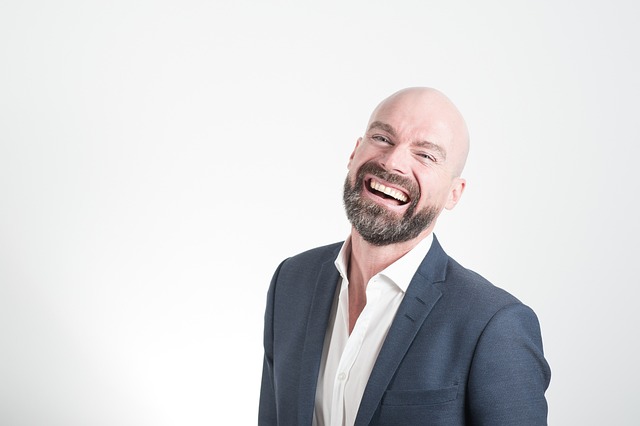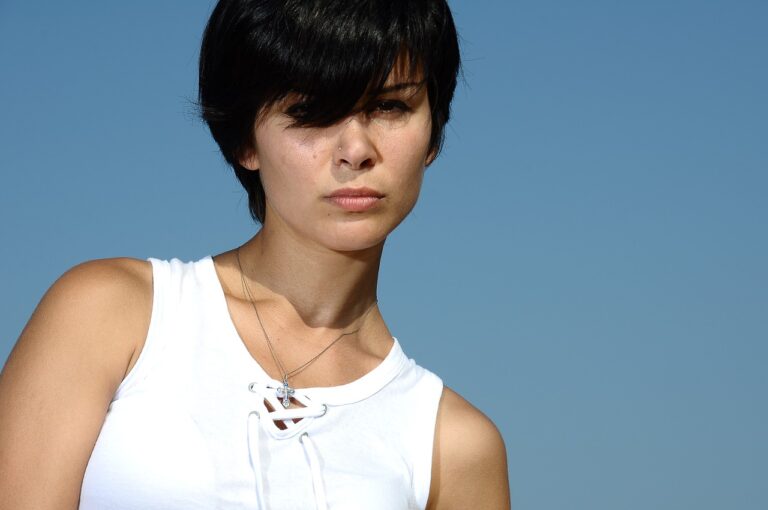Fashion and Body Positivity: Embracing Diverse Body Types in the Fashion Industry
Representation in the fashion industry is not just a trend; it is a necessity that shapes how individuals see themselves reflected in society. When diverse body types, ethnicities, and backgrounds are showcased in fashion campaigns and runway shows, it sends a powerful message of inclusivity and acceptance to consumers. By featuring a wide range of models, fashion brands can communicate to their audience that beauty comes in all shapes, sizes, and colors.
Moreover, representation in fashion is crucial for fostering a sense of empowerment and self-confidence among individuals who have traditionally been marginalized or underrepresented in the industry. Seeing someone who looks like them being celebrated for their uniqueness can be incredibly validating and inspiring. When people feel seen and acknowledged in the fashion world, it encourages them to embrace their own identities and helps break down harmful stereotypes that suggest there is only one standard of beauty.
Representation in fashion sends a message of inclusivity and acceptance to consumers
Featuring diverse body types, ethnicities, and backgrounds communicates that beauty comes in all shapes, sizes, and colors
Empowerment and self-confidence are fostered through representation in the fashion industry
Seeing someone who looks like them being celebrated can be validating and inspiring
Encourages individuals to embrace their own identities
Helps break down harmful stereotypes suggesting there is only one standard of beauty
Challenges Faced by People with Diverse Body Types
People with diverse body types often struggle to find clothing that fits them well due to limited size options offered by many fashion brands. This can lead to feelings of exclusion and inadequacy when shopping for clothes that don’t cater to their unique body shapes. Additionally, the lack of representation of diverse body types in the fashion industry further contributes to the challenges faced by individuals who do not conform to mainstream beauty standards.
Moreover, the constant bombardment of unrealistic beauty ideals in the media can negatively impact the self-esteem and body image of those with diverse body types. This can create a sense of alienation and insecurity, as individuals may feel pressured to attain a body shape that is not natural or healthy for them. Addressing these challenges requires a shift towards greater inclusivity and diversity in the fashion industry, where all body types are celebrated and represented with equal importance.
Breaking Stereotypes in the Fashion Industry
The fashion industry has long been criticized for perpetuating narrow beauty standards and stereotypes. However, in recent years, there has been a noticeable shift towards embracing diversity and inclusivity. Designers, models, and influencers are coming together to challenge traditional norms and celebrate individuality. This movement is not just about showcasing different body types and ethnicities, but also about promoting self-acceptance and empowerment.
One impactful way that stereotypes are being broken in the fashion industry is through the use of unretouched images. By showcasing models in their natural state, with imperfections and all, brands are sending a powerful message that beauty comes in all forms. This transparent approach not only promotes authenticity but also encourages consumers to embrace their own uniqueness. As this trend continues to gain momentum, it is changing the way we perceive beauty and challenging the industry to redefine its standards.
Why is representation important in the fashion industry?
Representation in the fashion industry is important because it allows people from all backgrounds, body types, and identities to see themselves reflected in the media and on the runway. It promotes diversity and inclusivity.
What are some challenges faced by people with diverse body types in the fashion industry?
People with diverse body types often face challenges such as a lack of clothing options that fit well, limited representation in marketing campaigns, and unrealistic beauty standards perpetuated by the industry.
How can the fashion industry work towards breaking stereotypes?
The fashion industry can work towards breaking stereotypes by featuring a diverse range of models in their campaigns and runway shows, designing clothing that is inclusive of all body types, and actively promoting diversity and inclusivity in their messaging.

